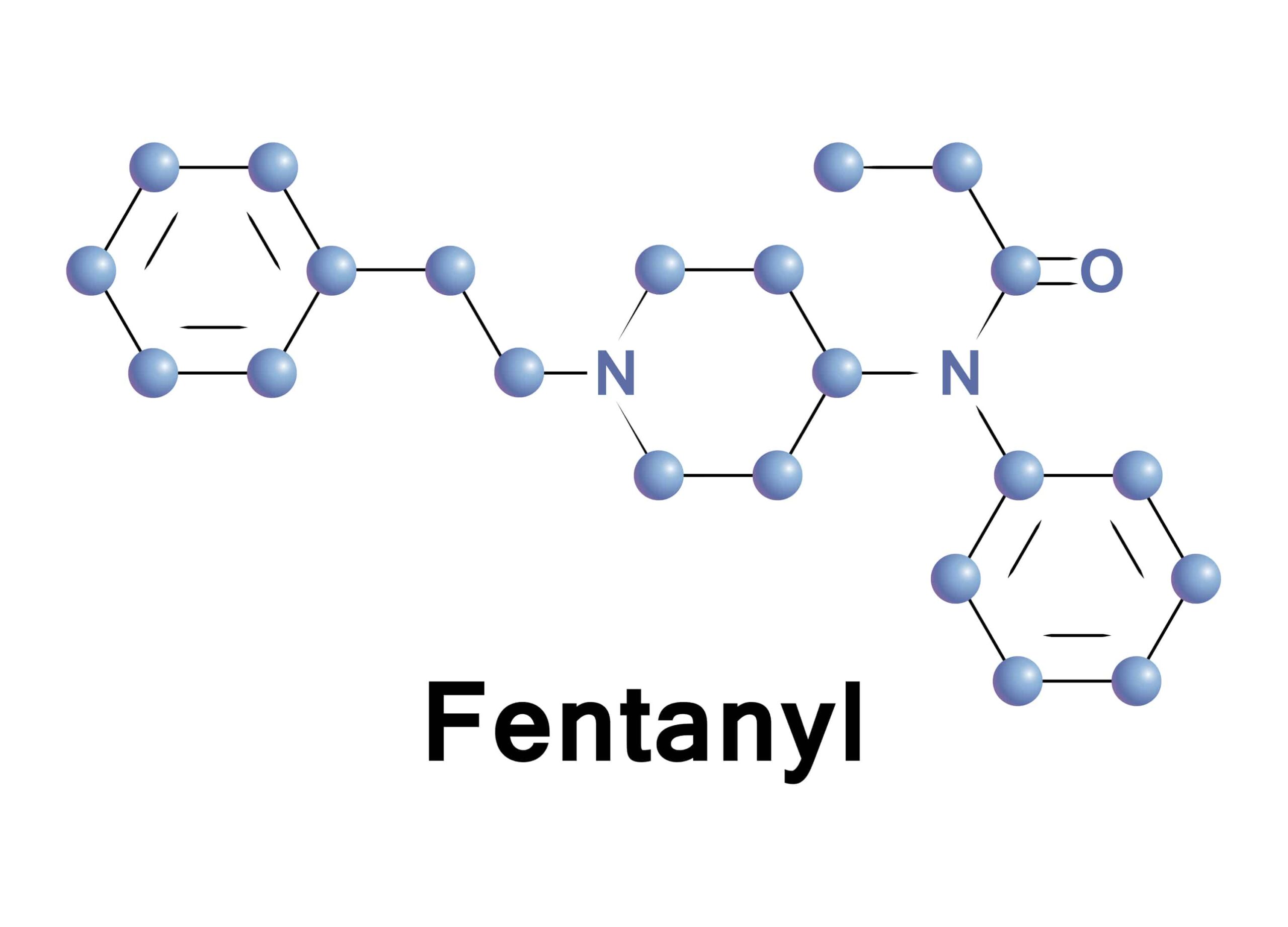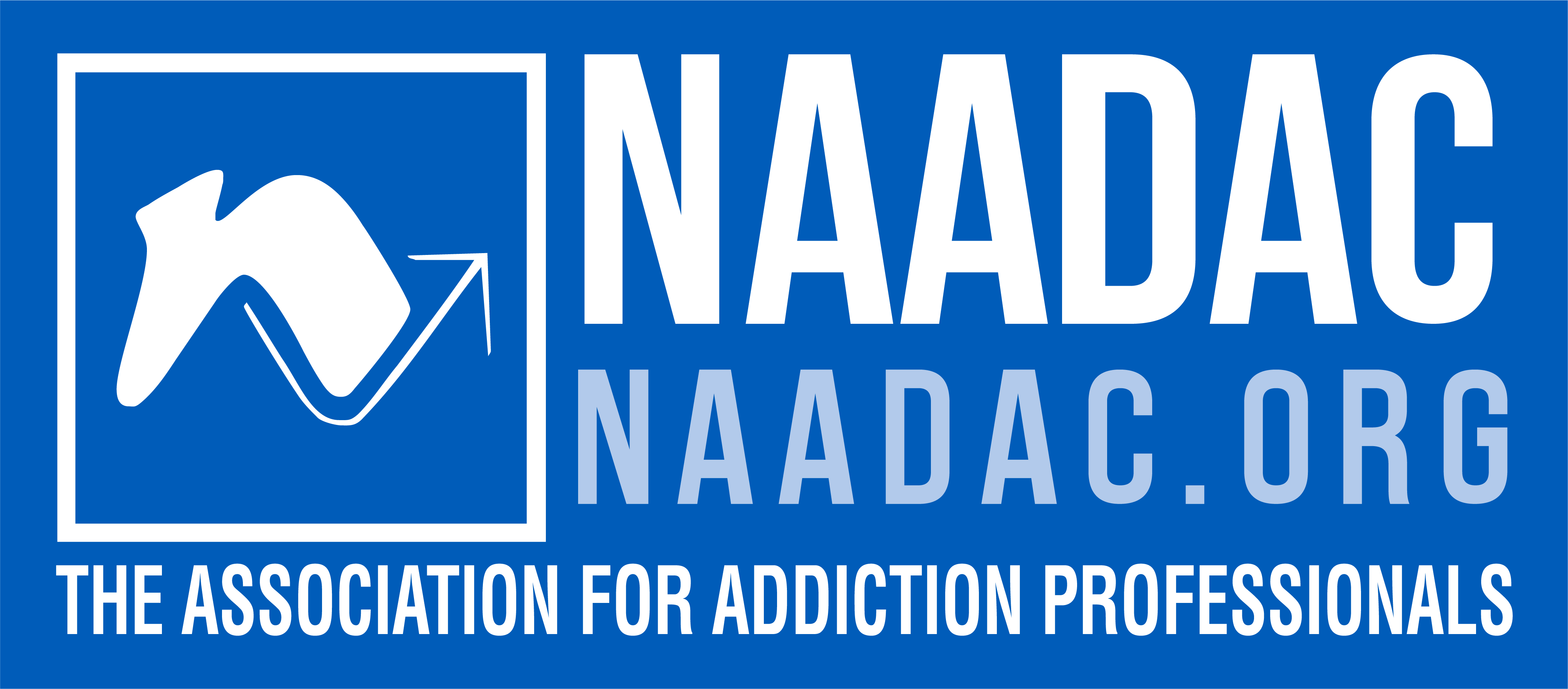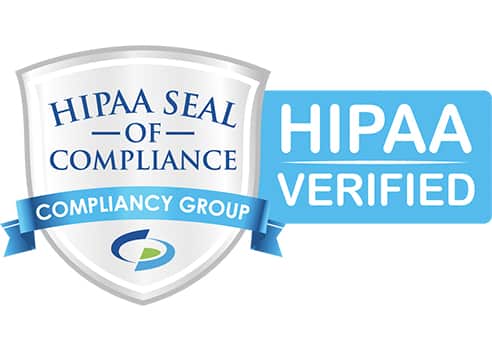Public health experts remain deeply concerned about the rise of prescription drug use in the United States. In 2010 alone, doctors prescribed enough prescription painkiller medications for every single adult in the United States to take a dose each four hours for an entire month, according to figures from the National Institute on Drug Abuse. Additionally, painkillers represent the most commonly abused prescription drug, with 5.1 million Americans struggling to control their painkiller use. Now, the Centers for Disease Control and Prevention report that Fentanyl overdose related fatalities are on the rise.
What Is Fentanyl?
Fentanyl is a synthetic (non-naturally derived) opiate painkiller. It is similar to morphine but even more potent. For example. the prescription drug names include Duragesic, Sublimaze, or Actiq. On the street, it may go by the names Apache, dance fever, China girl, goodfella, or TNT.
Doctors often prescribe Fentanyl after surgeries or other medical procedures as a way to manage pain. Like other opioids, fentanyl enters the brain and activates reward pathways that lead to feelings of intense pleasure. Over time, this can cause people to develop an addiction to the drug.
Understanding the CDC Report: Fentanyl Related Overdose on the Rise
The National Forensic Laboratory Information System is a program within the DEA that tracks confiscation of illicit drugs. Recently, they reported that seizures of the prescription opioid fentanyl increased more than 740% from 2012 – 2014. This points to increased abuse of fentanyl and higher risks of related fentanyl overdose fatalities. The CDC expressed concern about the abuse of fentanyl and provided recommendations to keep the public safe.
Shockingly, just 10 states account for 80% of the fentanyl seizures. Ohio, Massachusetts, Pennsylvania, and Maryland top the list, with 1,245 drug seizures in Ohio alone. This may be partially due to increased law enforcement efforts to carry out drug seizures in certain states. However, the data also provide information about geographic regions hit hardest by fentanyl addiction.
Although the majority of fentanyl seizures were reported in a relatively small number of states, the CDC is concerned about the rise of fentanyl addiction countrywide. The CDC’s Health Alert Network reports that 18 states had more than 20 fentanyl drug seizures in the latter part of 2014. In contrast, the same period in 2013 had just 6 states reporting 20 or more fentanyl-related incidents. This suggests that even outside Ohio, Pennsylvania, and other “hot spots” for fentanyl abuse, fentanyl addiction may be growing.
Although much of the fentanyl came from doctor’s prescriptions, some of the seized drugs were illegally manufactured. This illicit fentanyl is sometimes mixed with heroin or other substances to make a very potent street drug. Out of more than 700 overdose deaths related to fentanyl during this period, the majority were related to use of this illegally manufactured fentanyl. By mixing this manufactured compound with other drugs, the street version of fentanyl can be extremely dangerous. Many fentanyl users are unaware that drug dealers may mix the drug with other substances.
Preventing Fentanyl Addiction: CDC Recommendations
The CDC provided several recommendations to decrease this fentanyl epidemic. Importantly, they recommend that first responders and health care providers be alert to the possibility of fentanyl-related overdoses, keeping a close eye on symptoms. Additionally, the CDC recommends that public health officials become more proactive about tracking potential outbreaks of fentanyl abuse. Doctors should also be aware of this increase in fentanyl related overdoses. Decreasing unnecessary fentanyl prescriptions can help reduce the magnitude of the problem.
Increasing access to effective and comfortable treatment can also reduce fentanyl addiction rates. With medical opioid detox protocols, customized to each patient, the Waismann Method Medical Group has maintained its committed to combating fentanyl and all opiate addictions for almost two decades.
Sources
Popping Pills: Prescription Drug Abuse in America. National Institute on Drug Abuse. Retrieved on November 2, 2015.
CDC Warning: Fentanyl-Related Fatalities Rising. Medscape. Retrieved on November 2, 2015.














